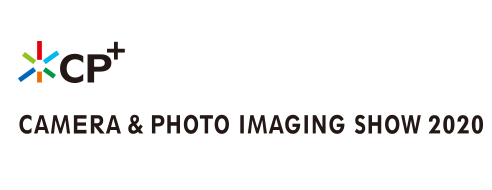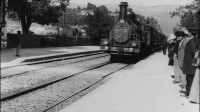[15:31 Thu,6.February 2020 by Thomas Richter] |
"Arrival of a Train at La Ciotat" by the Lumière brothers from 1896 is probably one of the most famous short films in early film history. Developer Denis Shiryaev has now upscaled the 50-second clip to 4K using It is fascinating to see how old pictures appear "closer" in time through the use of modern technology, if they lose at least a bit of the typical look (black and white, rustling, image jumps, blurred) that we associate with old times. Somewhat annoying, however, is still the wafting and pumping of the image and some occurring artifacts in the upscaled version, which might have something to do with the fact that the Gigapixel AI version specialized in video - Here is the original version: The "arrival of a train in La Ciotat" is also famous because of the cinema legend that the audience at the premiere fled the cinema in panic because of the shock of the train coming in. There is also a version of the movie that is automatically colored by De-Oldify, but which also lacks some consistency (of the colors). But also here, there should be some improvements possible by an improved workflow from tool to tool and by using the newest (yet unreleased) version of De-Oldify. VY=EqbOhqXHL7E All three methods (Gigapixel AI, DAIN and De-Oldify) are based on neural networks, which are trained with thousands of examples to interpolate missing information based on learned probabilities. If you want, you can try the public (and free) beta version of videoai.topazlabs.com/beta / (Topaz Gigapixel AI for Video) with your own material under Windows. However, a powerful graphics card is required, at least a GTX 1050 with 4 GB VRAM should be enough. More about this in a separate news. The corresponding standalone tool (Windows) for upscaling photos, Bild zur Newsmeldung:
deutsche Version dieser Seite: Per AI hochskaliert: "Ankunft eines Zuges in La Ciotat" (1896) in 4K mit 60fps |






